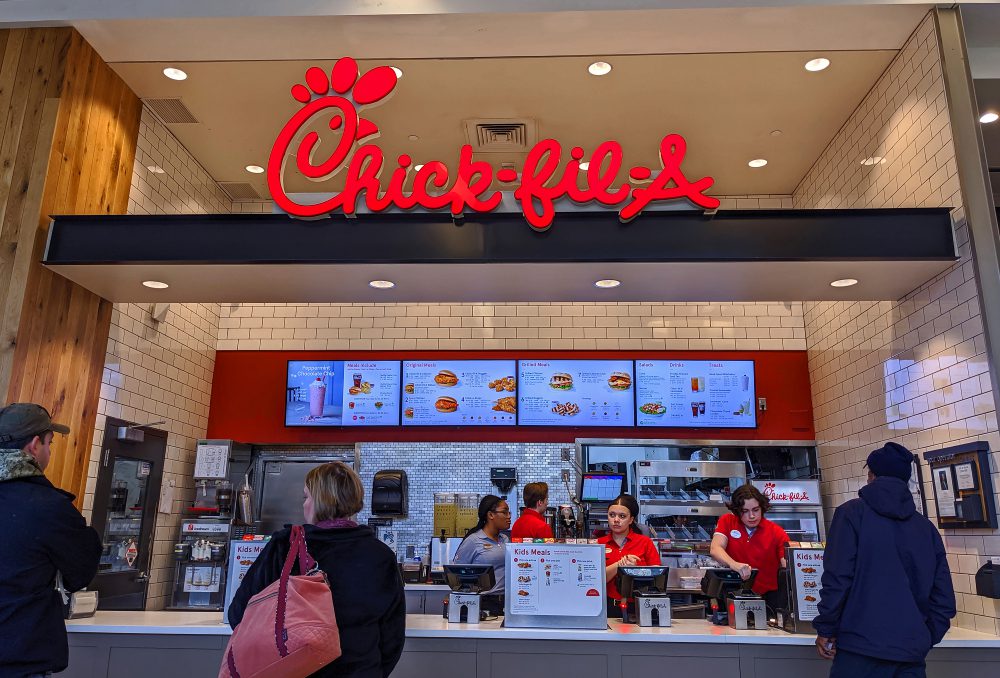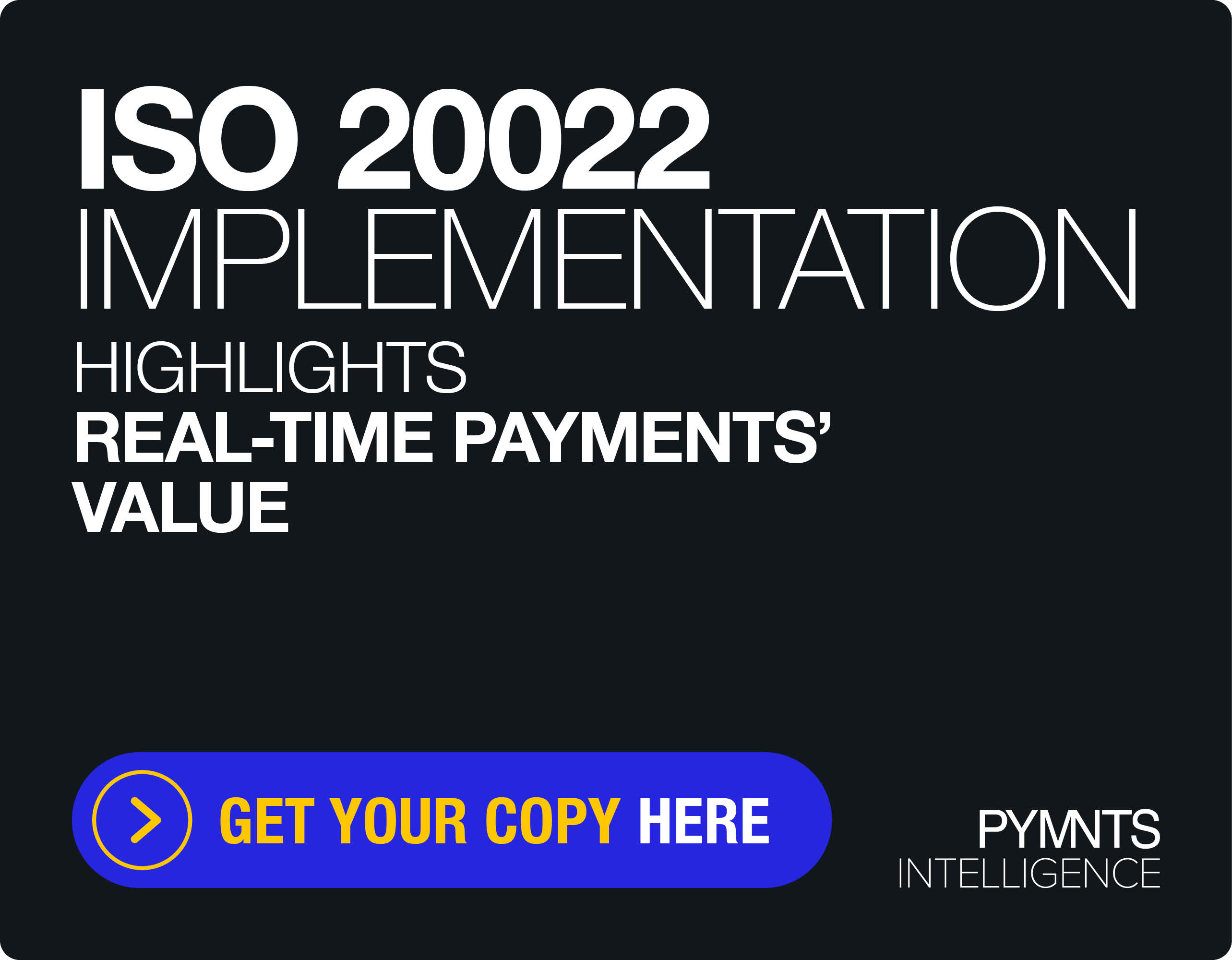Chick-fil-A Waters Down Rewards and Hopes Customers Stick Around

With the inflation-related devaluation of restaurant rewards points, loyalty programs are losing power.
Atlanta-based quick-service restaurant (QSR) chain Chick-fil-A, which has more than 2,800 restaurants in the United States and Canada, recently informed its customers via email that it is increasing the number of points required to redeem some of the items in its Chick-fil-A One rewards program, local outlet 11Alive reported.
The increases will go into effect on April 4, and the company did not specify which items will be affected nor how steep the increases will be. The chain didn’t elaborate in a statement emailed to PYMNTS Monday (March 20).
“We did recently notify our members of upcoming changes to the Chick-fil-A One rewards store. The decision was a part of a regular evaluation process that takes into account different market conditions and costs to our business,” Chick-fil-A said in the statement. “As a result, on April 4, some of the point values required to redeem certain rewards will increase. We are confident our Chick-fil-A One membership program will continue to deliver great value to our guests.”
This move makes Chick-fil-A the latest in a string of brands to water down their rewards points, making consumers spend more to redeem perks when rising food prices make it more difficult for restaurants to afford the cost of freebies and generous discounts. Since the start of this period of high inflation, several major restaurants have made such changes, weakening points’ power as a motivator of purchasing.
Last month, the world’s largest restaurant company by revenue, Starbucks, put into effect changes to its rewards program, making it more costly to earn many popular items and less costly to earn a handful of others. For instance, the number of rewards points, or Stars, it takes to earn brewed hot coffee, bakery items and hot tea has doubled, while the number of stars required to earn iced coffee and iced tea has decreased by a third.
In addition to widespread media reports pointing out that the changes make it harder to earn many of the most popular items, social media forums, including Reddit and Twitter are full of consumers complaining about the switch.
Not long before that, Dunkin’ made a similar modification, changing its DD Perks program to Dunkin’ Rewards and unveiling a new point structure that made it more difficult to earn popular items. Additionally, in the latter half of last year, customers of fast-casual giant Chipotle Mexican Grill were observing on social media that the number of points required to redeem a free entrée is on the rise.
Yet, those same inflationary periods that are prompting restaurants to devalue their rewards points are motivating consumers to seek out deals and freebies more than ever. For instance, the latest edition of the PYMNTS Consumer Inflation Sentiment report, “Consumer Inflation Sentiment: The False Appeal of Deal-Chasing Consumers,” which draws from a survey of more than 2,100 United States consumers, finds that 67% of grocery shoppers and 71% of retail shoppers cite price and discounts as key factors influencing their choice of merchant.
Plus, data from the The 2022 Restaurant Digital Divide: Restaurant Customers React To Rising Costs, Declining Service, which draws from a survey of more than 2,300 consumers who regularly purchase food from restaurants, finds that the share of consumers who are highly satisfied with the price paid for their last QSR meal has been falling markedly as inflation has risen.
Restaurant loyalty programs may still allow restaurants to capture customer data and be more targeted in their messaging. Still, as far as the traditional rewards model, the more brands dilute their points, the less relevant these incentives become.

